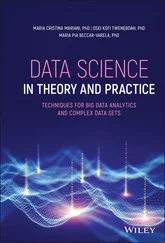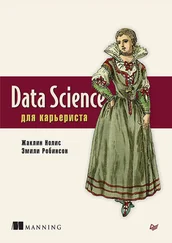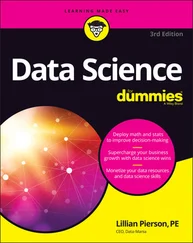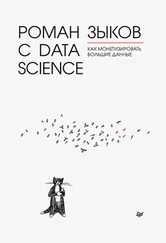Lowering the required skill levels to build an AI model with automated AI generation
Applying predictive, prescriptive, and statistical analysis
Allowing users to choose their own open source frameworks to develop AI models
Continuously evolving models based upon accuracy analytics and quality controls
Detecting bias and ensuring linear decision explanations and adhering to compliance
Infuse is a discipline involving the integration of AI into a meaningful business function. While many organizations are able to create useful AI models, they are rapidly forced to address operational challenges to achieve sustained and viable business value. The Infuse rung of the ladder highlights the disciplines that must be mastered to achieve trust and transparency in model-recommended decisions, explain decisions, detect untoward bias or ensure fairness, and provide a sufficient data trail for auditing. The Infuse rung seeks to operationalize AI use cases by addressing a time-to-value continuum.
These are key themes included in the Infuse rung:
Improving the time to value with prebuilt AI applications for common use cases such as customer service and financial planning or bespoke AI applications for specialized use cases such as transportation logistics
Optimizing knowledge work and business processes
Employing AI-assisted business intelligence and data visualization
Automating planning, budgeting, and forecasting analytics
Customizing with industry-aligned AI-driven frameworks
Innovating with new business models that are intelligently powered through the use of AI
Once each rung is mastered to the degree that new efforts are repeating prior patterns and that the efforts are not considered bespoke or deemed to require heroic efforts, the organization can earnestly act on its efforts toward a future state. The pinnacle of the ladder, the journey to AI, is to constantly modernize: to essentially reinvent oneself at will. The Modernize rung is simply an attained future state of being. But once reached, this state becomes the organizational current state. Upon reaching the pinnacle, dynamic organizations will begin the ladder's journey anew. This cycle is depicted in Figures 1-2 and 1-3.
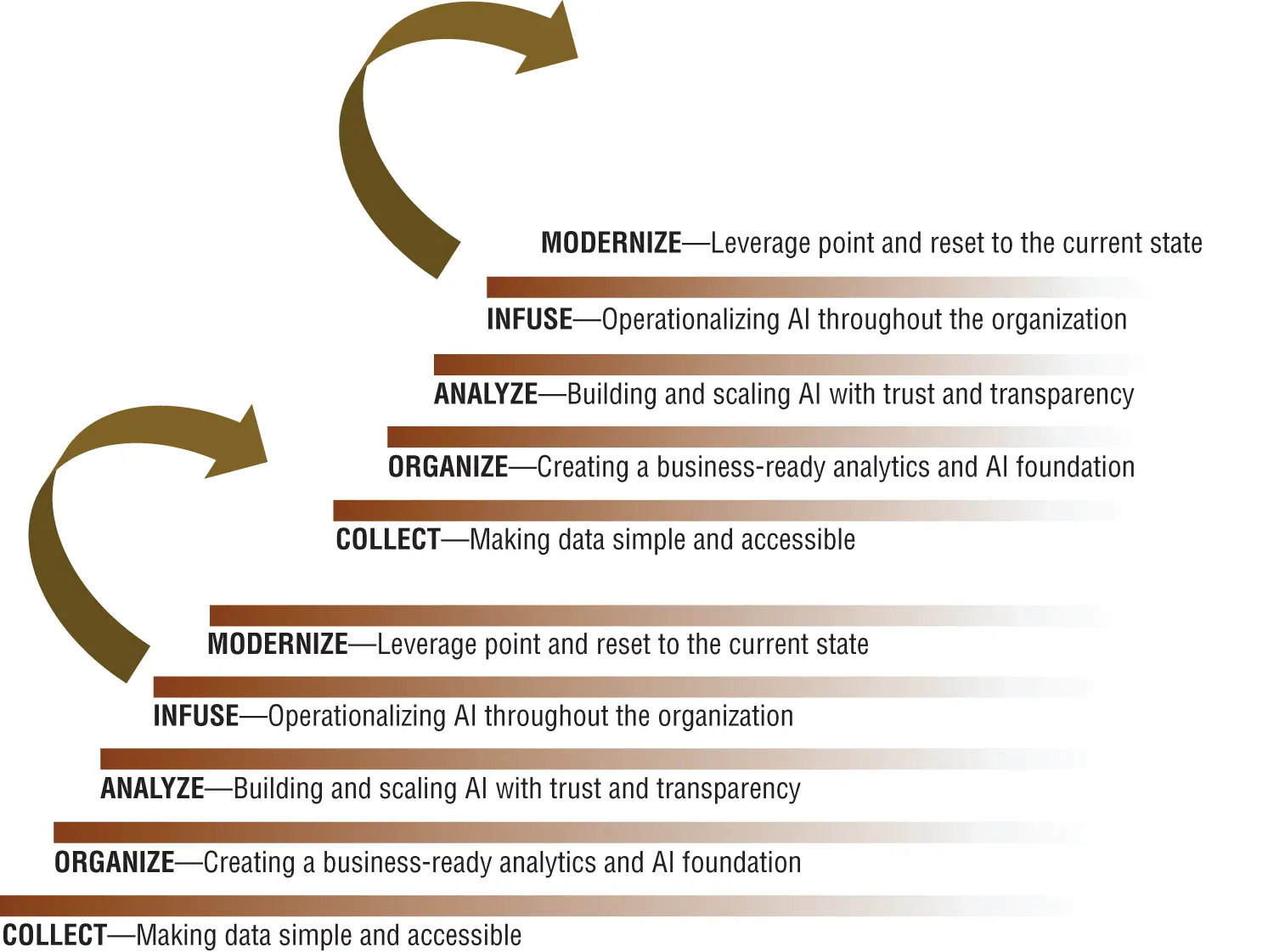
Figure 1-2:The ladder is part of a repetitive climb to continual improvement and adaptation.

Figure 1-3:Current state ⇦ future state ⇦ current state
These are key themes included in the Modernize rung:
Deploying a multicloud information architecture for AI
Leveraging a uniform platform of choice across any private or public cloud
Virtualizing data as a means of collecting data regardless of where the data is sourced
Using DataOps and MLOps to establish trusted virtual data pipelines for self-service
Using unified data and AI cloud services that are open and easily extensible
Scaling dynamically and in real time to accommodate changing needs
Modernize refers to an ability to upgrade or update or, more specifically, to include net-new business capabilities or offerings resulting from transformational ideas or innovation that harness reimagined business models. The infrastructural underpinnings for organizations that are modernizing are likely to include elastic environments that embrace a multicloud topology. Given the dynamic nature of AI, modernizing an organization means building a flexible information architecture to constantly demonstrate relevance.
In agile development, an epic is used to describe a user story that is considered far too big to be addressed in a single iteration or a single sprint. Therefore, an epic is used to provide the “big picture.” The big picture provides an end-to-end perspective for what needs to be accomplished. The epic can then be decomposed into a series of workable stories that can be worked on. The epic serves to ensure the stories are threaded appropriately.
In the AI Ladder, the ladder represents the “big picture.” The decomposition is represented by rungs. The ladder is used to ensure that the concepts for each rung— collect, organize, analyze, infuse —are threaded appropriately to ensure the best chance to succeed and deliver value.
Constantly Adapt to Retain Organizational Relevance
As the famous adage goes, “If you dislike change, you're going to dislike irrelevance even more” ( www.network54.com/Forum/220604/thread/1073929871). In a world of rapid change, the endgame is to remain relevant. Relevance is an ends . Accordingly, transformation and disruption can be viewed as a means . Knowledge of the means provides the how (a course of action and the directives). Knowing the ends gives you a target (the desired result) for which to aim, as shown in Figure 1-4.
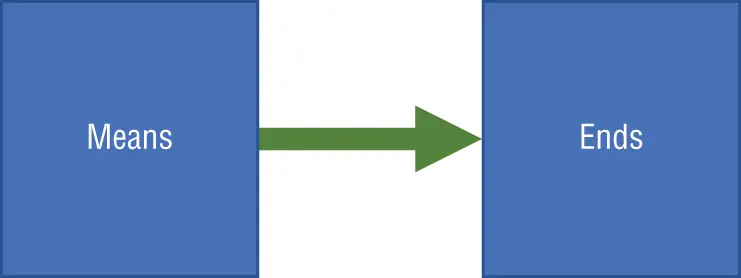
Figure 1-4:Ends and means model
The ends and means model can be iterated upon to adjust to continuous change and continuous course correction to drive toward sustained and improved relevance.
If an organization can combine relevance with uniqueness, then the path forward may offer greater opportunities, as the organization is unlikely to be viewed as another commodity player in a given space.
Formulating the ends is potentially more difficult than formulating the means. Words that are substitutes for means include transformation (including digital transformation) and disruption . An organization wanting to transform might simply do so by focusing on select technologies or capabilities that are newer; for example, cloud computing, agile development, big data, consumer-oriented platforms, blockchain, analytics, and even AI. Regardless of which technologies and capabilities are picked as a means, the question would remain: but, to what ends?
Relevance can be more difficult to articulate in terms of an ends , especially in the light of newer technologies and capabilities. The struggle with articulation might result from subject-matter experts and end users having minimal insight or experience with how a new solution can actually be positioned and leveraged.
Disruption can be viewed through its two adjectives: disruptive and disrupted. A disruptive organization is more likely to garner a leadership position in handling change, while a disrupted organization is likely to have a lagging position. For example, traditional publishing companies and journalists were found flat-footed in the wake of the digital publishing era. For more than a decade, profits and viability have dwindled in traditional publishing due to social media, blogs, and the proliferation of web-based content.
Another example of a business type in the midst of being disrupted is the hospital. In the United States, the population size has grown by approximately 100 million people in the past 35 years and by nearly 200 million people in the past 70 years. It would not be unreasonable to assume that the demand for hospital beds has steadily risen alongside population growth, especially with an aging population. However, the demand for hospital beds is approximately the same now as it was in the 1940s. In the United States, the need for hospital beds peaked in the early 1980s.
Читать дальше





![Роман Зыков - Роман с Data Science. Как монетизировать большие данные [litres]](/books/438007/roman-zykov-roman-s-data-science-kak-monetizirova-thumb.webp)


